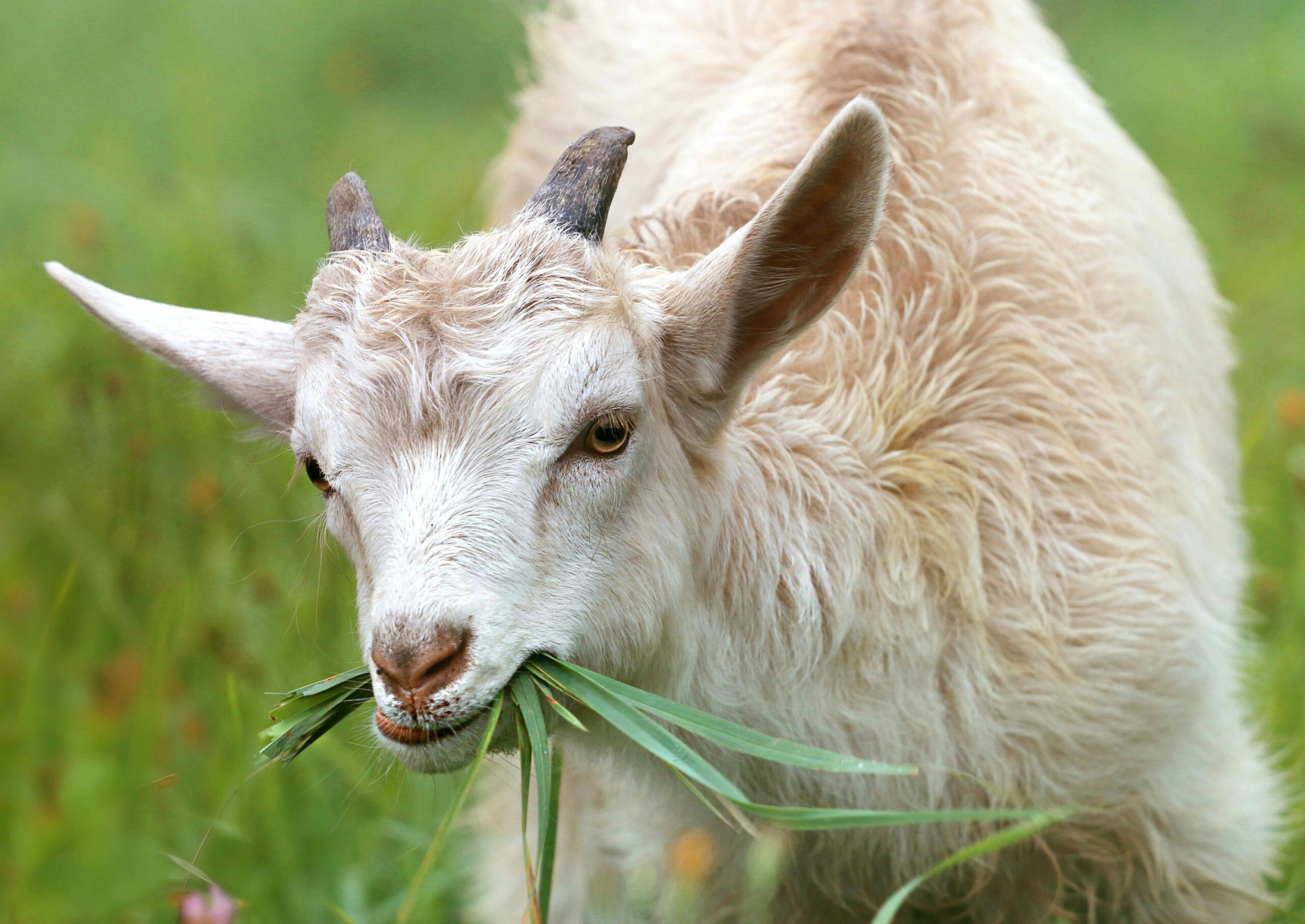Goats have been integral to agriculture for thousands of years, offering a variety of products and companionship. With over 300 distinct breeds worldwide, these animals are classified into several categories based on their primary use, including dairy, meat, fiber, and companionship. Understanding the types of goats can help farmers, homesteaders, and enthusiasts select the right breed for their needs, whether for production or pleasure.
Introduction to Goat Types
The diversity of goats is remarkable, with breeds adapted to various climates, environments, and purposes. Each category serves specific needs, making it essential to choose wisely based on individual goals. This article will explore the major types of goats, highlighting notable breeds and their characteristics.
Major Categories of Goats
Goats are primarily categorized into six main types: dairy goats, meat goats, fiber goats, dual-purpose goats, miniature and pet goats, and rare or heritage breeds. Each category has distinct traits and advantages, making them suitable for different farming practices and lifestyles.
Dairy Goats
Dairy goats are bred primarily for milk production. They are known for their high milk yield and quality, making them a favorite among dairy farmers. Here are five prominent dairy goat breeds:
- Saanen: Originating from Switzerland, Saanens are among the largest dairy breeds. They are known for their calm temperament and high milk production, averaging 2-3 gallons per day. Their milk is rich in butterfat, making it ideal for cheese production.
- Nubian: Nubians are recognized for their distinctive long ears and variety of colors. They are excellent milk producers, with a milk yield of about 1-2 gallons per day. Their milk has a higher butterfat content, making it creamy and rich.
- Alpine: This breed is hardy and adaptable, thriving in various climates. Alpines produce a substantial amount of milk with a balanced butterfat content. They are known for their energetic nature and excellent foraging ability.
- LaMancha: Known for their unique ear structure, LaManchas are friendly and easy to handle. They produce milk with a high butterfat content, making them popular among cheese makers. Their adaptability makes them suitable for various environments.
- Oberhasli: This breed is characterized by its striking bay color. Oberhaslis are known for their gentle nature and consistent milk production, averaging 1-2 gallons per day. They thrive in both pasture and stall settings.
Meat Goats
Meat goats are bred primarily for their meat, known for its tenderness and flavor. These breeds are often raised in commercial settings for meat production. Here are five notable meat goat breeds:
- Boer: Originating from South Africa, Boer goats are the most popular meat breed due to their rapid growth rate and muscular build. They are known for their hardiness and adaptability, making them suitable for various climates.
- Kiko: Developed in New Zealand, Kiko goats are known for their exceptional foraging ability and resilience. They grow quickly and have a good meat-to-bone ratio, making them a cost-effective choice for meat production.
- Spanish: These goats are known for their hardiness and ability to thrive in rugged terrains. Spanish goats are excellent foragers and produce lean meat, making them a popular choice for sustainable farming.
- Myotonic: Often called “fainting goats,” Myotonics are known for their unique genetic trait that causes them to stiffen when startled. They produce quality meat and are easy to manage, making them a favorite among small-scale farmers.
- Savannah: This breed is recognized for its adaptability to various climates and its rapid growth rate. Savannah goats produce high-quality meat and are often crossed with Boer goats to enhance meat production.
Fiber Goats
Fiber goats are bred for their fiber, which is used in textiles and other products. The quality and type of fiber can vary significantly among breeds. Here are three notable fiber goat breeds:
- Angora: Known for their long, lustrous mohair, Angora goats require regular grooming to maintain their fiber quality. They are typically raised in warmer climates and produce a soft, luxurious material used in clothing and textiles.
- Cashmere: Cashmere goats produce a fine undercoat known for its softness and warmth. They are often raised in harsher climates, and their fiber is highly sought after for high-end garments.
- Alpaca: While not a traditional goat, some goat breeds, like the Pygmy, are crossed with alpacas for fiber production. Alpacas produce a soft, warm fiber, and the crossbreeds can offer unique characteristics.
Dual-Purpose Goat Breeds
Dual-purpose goats are bred for both milk and meat production, providing versatility for farmers. Here are three notable dual-purpose breeds:
- American Nubian: This breed is known for its high milk production and good meat quality. Nubians are friendly and adaptable, making them suitable for small farms and homesteads.
- LaMancha: In addition to their dairy capabilities, LaManchas also produce quality meat. Their compact size and friendly nature make them ideal for small-scale operations.
- Oberhasli: Oberhaslis are not only good milk producers but also have a decent meat yield. Their calm temperament and adaptability make them suitable for various farming conditions.
Miniature and Pet Goat Breeds
Miniature goats are popular as pets and companions due to their manageable size and friendly demeanor. Here are three notable miniature breeds:
- Pygmy: Pygmy goats are small, friendly, and easy to handle. They are often kept as pets and are known for their playful nature. They require less space and are suitable for small backyards.
- Miniature Nigerian Dwarf: This breed is known for its small size and colorful appearance. Nigerian Dwarfs are friendly and social, making them excellent pets. They also produce a surprising amount of milk for their size.
- Miniature Silky: Miniature Silkies are known for their soft, fluffy coats and gentle temperament. They are often kept for companionship and are suitable for families with children.
Rare and Heritage Goat Breeds
Rare and heritage breeds are valued for their unique characteristics and genetic diversity. Here are three notable breeds:
- American Lamancha: This breed has a unique appearance due to its short ears. They are known for their high milk production and adaptability, but they are less common, making them a heritage breed.
- Old English Goat: This breed is recognized for its historical significance and unique traits. They are primarily raised for meat and are considered a rare breed due to their declining population.
- British Alpine: This breed is known for its hardiness and ability to thrive in various climates. British Alpines are primarily dairy goats but are also valued for their rarity and unique genetic traits.
How to Choose the Right Goat Type
When selecting a goat type, consider the following factors:
- Purpose: Determine whether you want goats for milk, meat, fiber, companionship, or a combination. This will guide your breed selection.
- Climate: Some breeds are better suited for specific climates. Research breeds that thrive in your local environment to ensure their health and productivity.
- Temperament: If you are new to goat ownership, consider breeds known for their friendly and docile nature. This will make handling and care easier.
- Care Needs: Different breeds have varying care requirements, including space, feeding, and grooming. Ensure you can meet these needs before making a decision.
Understanding the various types of goats is essential for anyone interested in goat farming or ownership. From dairy and meat goats to fiber and pet breeds, each category offers unique benefits and challenges. By considering your goals, environment, and the specific traits of each breed, you can make an informed decision that suits your needs. The diversity of goats not only enriches agricultural practices but also enhances the joy of companionship for hobbyists and farmers alike.

